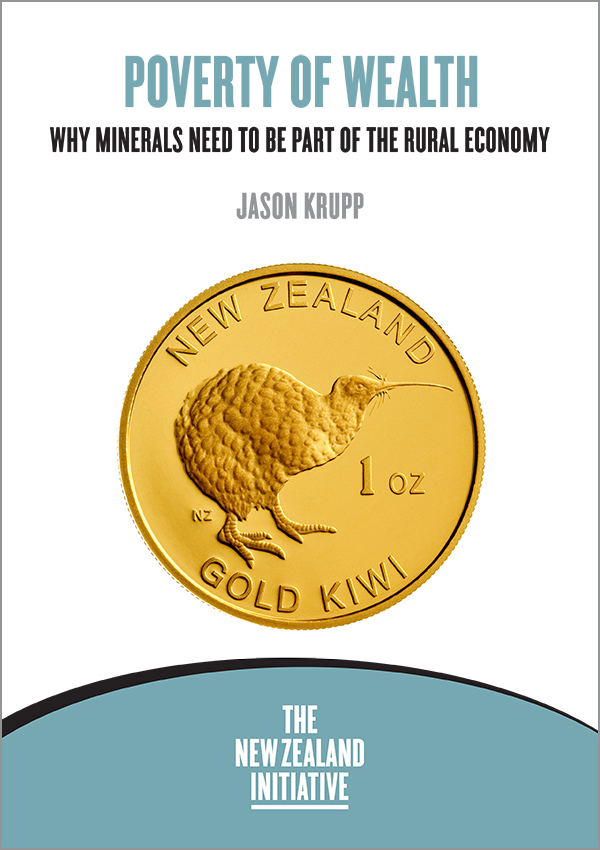This report, the first in a two-part series, seeks to examine the factors that prevent greater mineral extraction in New Zealand, a business model that could help stem some of the economic pressures faced by many of the country's rural regions.
The key findings of Poverty of Wealth are that:
Rural New Zealand is in decline
- Economic growth is concentrated in urban areas, particularly Auckland, Wellington and Christchurch, whereas seven of the rural regions recorded negative economic growth in the year ending March 2013, and a further two recorded flat growth.
- Only four of the country's 16 regional councils saw job numbers increase between 2008 and 2013, concentrated in Auckland.
- Higher wages in urban areas lure economically active people out of the rural regions. 86% of all New Zealanders live in urban areas, up from about 45% a century ago.
- This Bright Lights phenomena concentrates ageing in rural regions, limiting the ability of local councils to recoup costs through rates charges.
- On an operating basis, 68 out of the 78 regional, district, city and unitary councils will be running budget deficits by 2022.
New Zealand is a mineral rich country
- Gold and silver, coal, as well as oil and gas extraction make a small but significant contribution to GDP (varying between 2% to 5% annually).
- The resource estate is under prospected and explored, making it difficult to pin down the exact value, but prospectively is sufficient to attract high levels of international interest.
- The minerals sector is a growing part of the economy, with the number of firms in the sector increasing by almost 70% between 2002 and 2012 to 644.
- The number of workers employed by these firms doubled over the same period to 6,410.
- Wages in the sector are also more than twice the New Zealand average, as calculated by total salaries and wages paid divided by number of employees ($105,645 versus $50,262 in 2011 terms).
New Zealand has a robust institutional framework
- The negative effects of high mineral endowment, such as declining terms of trade, currency fluctuations, and the Dutch Disease, can largely be mitigated by strong institutions within an economy. New Zealand rated 3rd in the world for institutional quality.
- The environmental protection framework is sufficiently robust to prevent poor environmental outcomes.
- Changing business practices among mining companies place greater focus on economic sustainability of communities once mineral bodies are exhausted.
- Mining projects have a long-term contribution to make to local economies. For example, the Waihi goldmine has been in operation since 1860, barring one hiatus between 1950 and 1970.
The Resource Management Act is an impediment to development
- Economic sustainability of local communities is given less consideration than poorly defined environmental factors such as outstanding natural features and landscapes.
- The complexity of the RMA landscape adds to consenting costs and a lack of predictability of outcomes, with little guidance from central government.
- The open-ended appeals framework to consents impose significant costs on mining companies, diminishing the appeal of New Zealand as a resource investment destination. There are a lack of local incentives stalling mining sector
- Royalties and taxes from mineral projects accrue to central government only.
- Local communities bear the cost of mineral extraction directly (pollution, traffic etc.) while only receiving the benefits indirectly, creating a bias against development projects.
- Local councils are unable to recover costs from the consenting process, or any appeals which may follow, creating little incentive to plan for mining development. Having defined the regulatory impediment to mineral extraction in Poverty of Wealth, the second report will present policy recommendations, and is expected to be published in early 2015.



